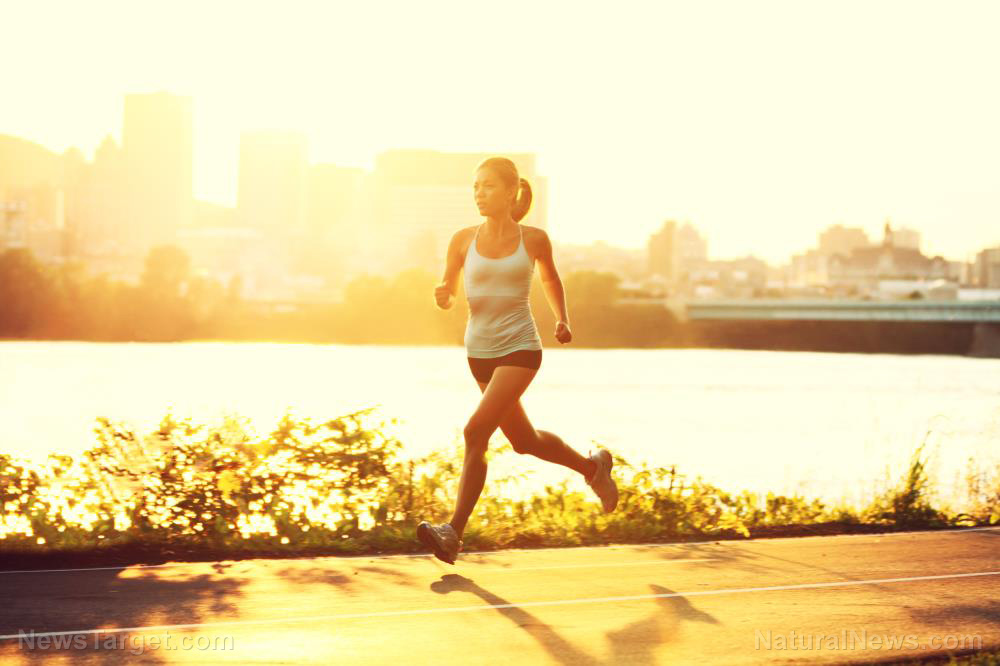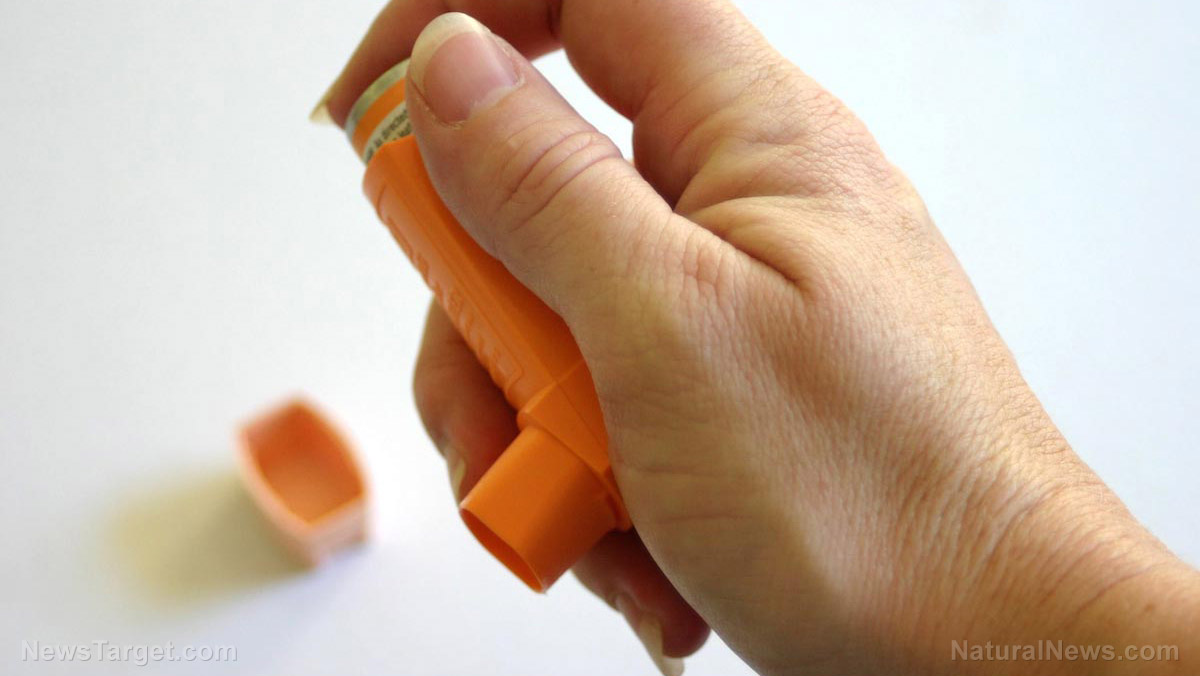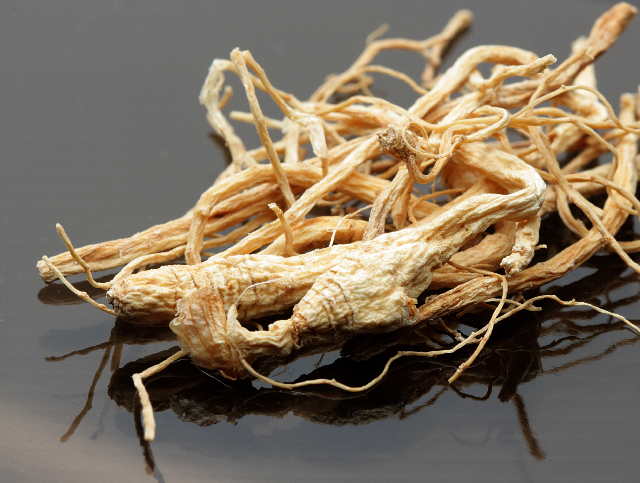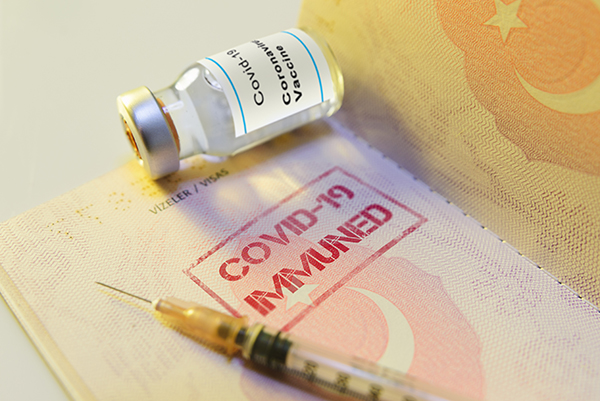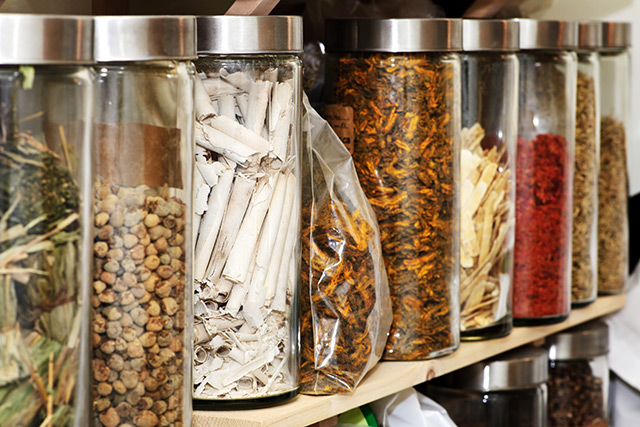Breathe in: 7 Natural ways to address dyspnea (shortness of breath)
04/02/2021 / By Divina Ramirez
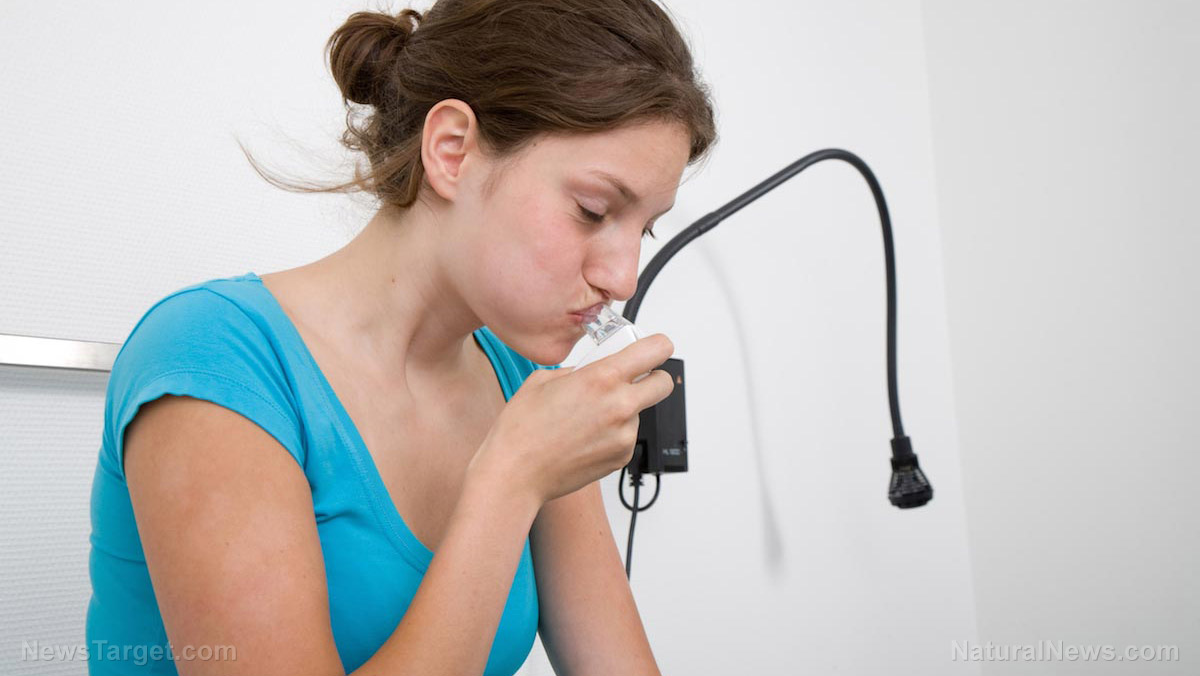
Few sensations are as frightening as not being able to breathe. Shortness of breath is an uncomfortable feeling that can either be mild and fleeting or serious and chronic.
Medically known as dyspnea, this symptom may be present even in the absence of a disease. It may happen to a healthy person due to over-exercising, spending time in high-altitude places or being exposed to dangerous levels of carbon monoxide.
Outside of these examples, shortness of breath may occur due to an underlying health issue. Obesity, coronary heart disease, asthma, anxiety and lung cancer are some conditions that have dyspnea as a symptom.
Fortunately, people may easily relieve dyspnea using these home treatments:
1. Practice diaphragmatic breathing
This is also called abdominal breathing. To do this type of breathing, first find your diaphragm by placing your hand on your abdomen. Breathe in. The area that moves is the diaphragm.
To ease dyspnea, sit comfortably with your knees bent and your head, neck and shoulders relaxed. Place a hand on your diaphragm and breathe slowly through your nose. Exhale for longer than you inhale, and watch your breathing pattern. Continue breathing like this until you no longer feel out of breath.
2. Practice pursed-lip breathing
This is a simple way to restore your pace of breathing after a bout of dyspnea. It also helps release air that may be trapped inside the lungs. It can be used any time you experience shortness of breath. (Related: Are you suffering from back pain and shortness of breath? You may have strained muscles.)
To perform pursed-lip breathing, first relax your neck and shoulder muscles. With your mouth closed, breathe through your nose for two counts. Purse your lips as if you are about to whistle, then exhale through your mouth to the count of four. Repeat until the pace of your breathing is back to normal.
3. Rest while sitting forward
Resting while sitting can help the body relax and make breathing easier. There are two ways to do this:
- Sit on a chair and lean forward at a 30-degree angle. Make sure the soles of your feet touch the floor. Put your elbows on your knees and hold your chin in the palms of your hands. Breathe slowly.
- Sit on a chair in front of a table and adopt the same position but with your arms resting on the table. Put a pillow on the table and rest your head on it. Breathe slowly.
4. Stand supported
Standing also helps relax your body and airways so you can breathe easily. Here are two standing positions for you to try:
- Lean your body against a wall, facing away. Place your hands on your thighs and keep them relaxed, then lean forward a little, dangling your arms in front of you.
- Stand in front of a table and place your palms on the surface, keeping your neck relaxed. Lean your head on your forearms and relax your shoulders.
5. Sleep in a relaxed position
Some people experience dyspnea while they sleep. This can lead to waking up frequently, which can negatively affect sleep quality.
To avoid dyspnea during sleep, sleep with a pillow between your legs. Your head should be elevated by a pillow while your back should be kept straight.
You can also lie with your head elevated and a pillow under your knees so they are slightly bent. Both positions keep airways relaxed and prevent obstructions that can trigger dyspnea.
6. Use a CPAP machine at night
A Continuous Positive Airway Pressure (CPAP) machine will pump air through a mask while you sleep. It is recommended for patients with sleep apnea, a potentially serious disorder in which breathing repeatedly stops and starts during sleep. A CPAP machine requires a prescription to obtain.
7. Seek emotional support from loved ones
Studies show a strong link between anxiety and respiratory symptoms like dyspnea. Stressful events, financial difficulties, loneliness and other problems that take a toll on one’s mental health can trigger dyspnea. Reach out to friends and family to improve your mental health and aim to maintain healthy relationships.
Dyspnea is a common problem that even healthy individuals may experience. Fortunately, dyspnea may easily be treated by practicing breathing exercises, sitting down to rest, standing with support and more.
Learn more about natural remedies for shortness of breath at Remedies.news.
Sources include:
Tagged Under: alternative medicine, breathing exercises, dyspnea, natural cures, natural health, natural medicine, remedies, shortness of breath, therapies, tips
RECENT NEWS & ARTICLES
COPYRIGHT © 2017 NATURAL MEDICINE NEWS

